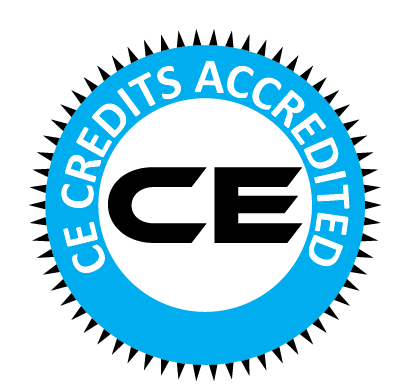Rabab Al-Sabbagh
University of Hama, Syria
Title: An evaluation of two types of nickel-titanium wires in terms of micro-morphology and nickel ions' release following oral environment exposure
Biography
Biography: Rabab Al-Sabbagh
Abstract
Background: This study aimed to compare super-elastic and heat-activated nickel-titanium orthodontic wires surface morphology and potential release of nickel Ions following exposure to oral environment conditions.
Methods: 24 20-mm-length distal cuts of superelastic (NiTi Force 1) and 24, 20-mm- length distal cuts of heat activated (Therma-Ti lite) nickel titanium wires (American orthodontics, Sheboygan, WL, USA)were divided into two equal groups:12 wire segments passively exposed to oral environment for 1 month. Scanning electron microscopy were used to analyze surface morphology of the wires which were immersed in artificial salive for 1 month to determine potential nickel Ions' release by means of atomic absorption spectrophotometer.
Results: Heat-activated nickel-titanium (NiTi) was rougher than super-elastic wires and both types of wires released almost the same amount of Ni ions. After clinical exposure more surface roughness was recorded for super-elastic NiTi wires and heat-activated NiTi wires. However, retrieved super-elastic NiTi wires released less Ni ions in artificial saliva after clinical exposure, and the same result was recorded regarding heat-activated wires.
Conclusions: Both types of NiTi wires were obviously affected by oral environment conditions, their surface roughness significantly increased while the amount of the released Ni ions significantly declined.

